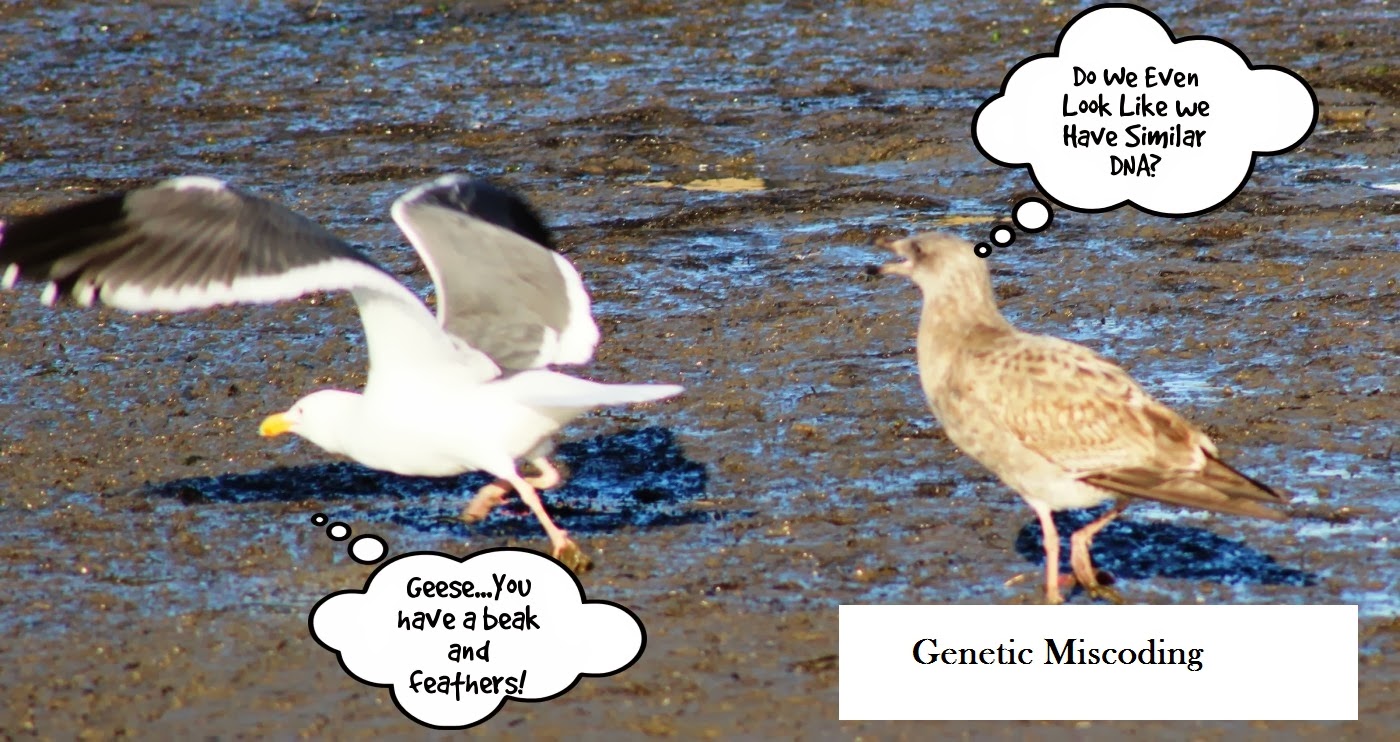Recent research indicates that Europeans may
actually hold similar genetic traits that make most people related to everyone
else on the continent. So do you have a great cousin in France or Turkey? The
research helps to highlight how a similar ancestry made its genetic line
throughout the continent retaining DNA similarity. This same phenomenon may
actually exist in other areas of the world as well but has not yet been tested.
Professor Graham Coop from the University of
California recently published on May 7th, 2013 in the journal PLOS
biology that nearly all Europeans are related to each other. “What’s remarkable
about this is how closely everyone is related to each other. On a genealogical
level, everyone in Europe traces back to nearly the same set of ancestors only
a thousand years ago,” (UC Davis, 2013).
Coop along with his co partner Peter Ralph set out to
study DNA samples to trace back family origin to 3000 years ago. What they
found through 2,000 samples is that people from the United Kingdom to Turkey
have similar relatives just a thousand years ago. The ratio is around 20% of
the time there are similar genetic strains.
Out of all of the European states Italy appears to
have the least association with the rest of the European families (Boyle,
2013). One explanation is that they were a heavy trading nation and many
different cultures made their way into Italy at one time or another. The more
people associated the more they shared genetic material.
The study confirms a mathematical model proposed by
a Yale scientist that indicates we are all sequentially related (Chau, 2013). Accordingly,
each regional society shares similar genetic traits to root families. As each
generation bears more children the general genetic material becomes more
loosely associated. Perhaps one day the world will have similar genetic
material throughout all of the population.
You may be interested in reading the Author Summary
below or the entire report at PLOS Biology
Few
of us know our family histories more than a few generations back. It is
therefore easy to overlook the fact that we are all distant cousins, related to
one another via a vast network of relationships. Here we use genome-wide data
from European individuals to investigate these relationships over the past
3,000 years, by looking for long stretches of genome that are shared between
pairs of individuals through their inheritance from common genetic ancestors.
We quantify this ubiquitous recent common ancestry, showing for instance that
even pairs of individuals from opposite ends of Europe share hundreds of
genetic common ancestors over this time period. Despite this degree of
commonality, there are also striking regional differences. Southeastern
Europeans, for example, share large numbers of common ancestors that date
roughly to the era of the Slavic and Hunnic expansions around 1,500 years ago,
while most common ancestors that Italians share with other populations lived
longer than 2,500 years ago. The study of long stretches of shared genetic
material promises to uncover rich information about many aspects of recent
population history.
If we look at Coop & Ralph's research on genetic
material and we compare that with Mark Pagel’s work on root words we may find
that there is association between the two. One explains genetic material and
the other explains language usage throughout Europe. Both studies included
Turkey in their findings of similarity. These two studies indicate that we are
really not that distant from each other and around 10,000 years ago we may have
all been related to everyone else on the planet. If anything else it should
teach us to treat each other with some level of care as most of us are related
in some way. It would be nice to have this study completed again using material
from different parts of the world to see if we are all really from an original
root family of people. If we were all related would it change the way you think about yourself? What do you think cousin?
Chau, M. (May 8th, 2013). How closely
related are we to each other? Christian
Science Monitor. Retrieved May 9th, 2013 from http://www.csmonitor.com/Science/2013/0508/How-closely-related-are-we-to-each-other
